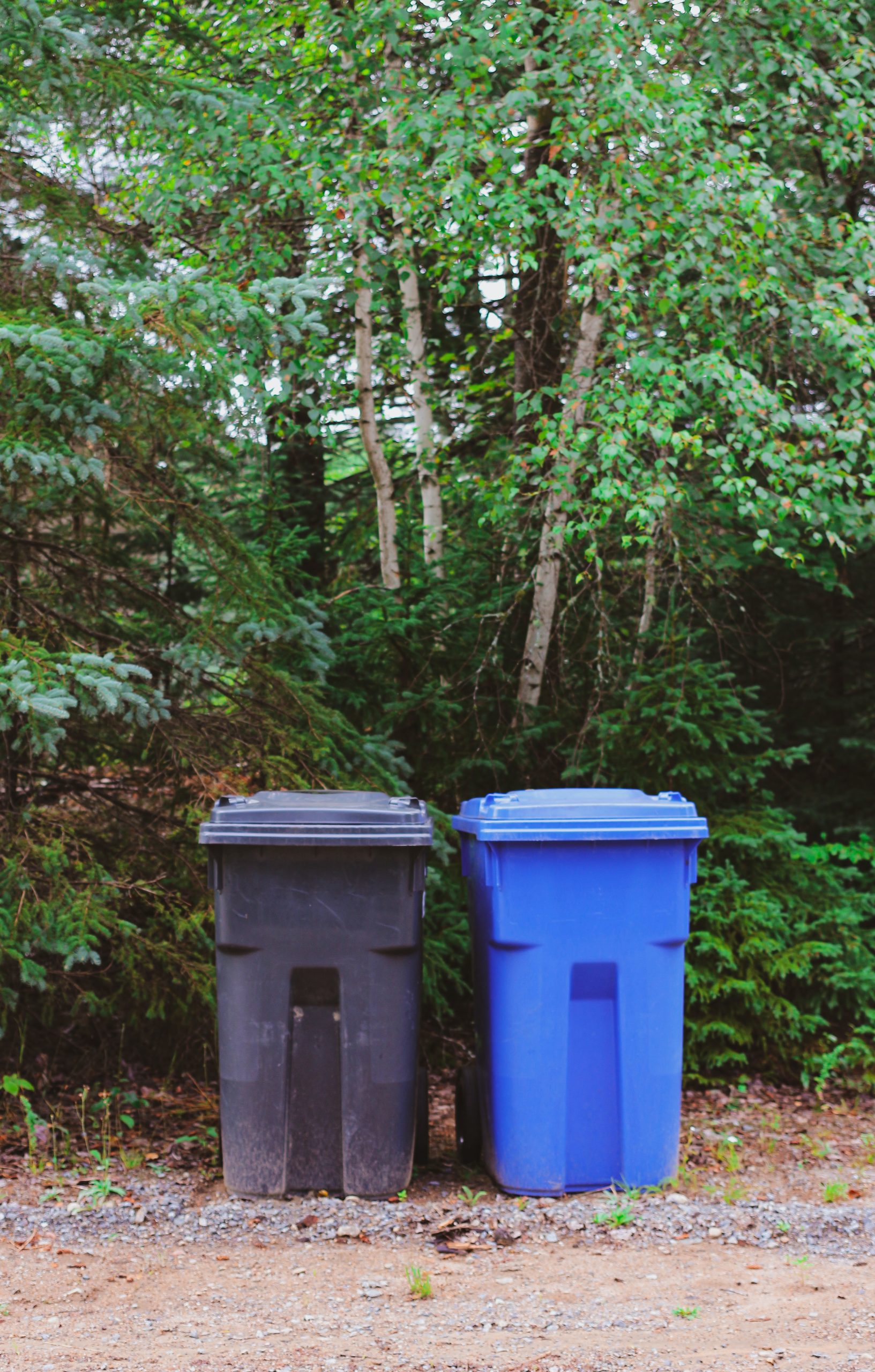
What are the Innovative Waste Management Technologies?
Innovative Waste Management Technologies are ways of treating the wastes that have been generated. The waste can be treated in many different ways to eliminate a hazard to the environment and humans.
One of the most common methods of treating waste is to compress the waste material into a solid form, or burn it in a furnace which transforms it into carbon dioxide and water. In some cases refuse can be recycled. Some landfills even have machines that can recover some of the methane gas emitted by the decaying material.
The Innovative Waste Management Technologies include:
Biogas recovery
Waste composting
Co-processing (incineration) with energy recovery by incineration
Incineration with energy recovery using direct combustion, electricity generation or district heating and cooling systems
Incineration with energy recovery using high-temperature steam and natural gas for process heat and electricity generation, district heating, or cogeneration (CHP) systems
Pyrolysis
Pyrolysis is the thermochemical decomposition of organic material at elevated temperatures in the absence of oxygen. It involves the simultaneous change of chemical composition and physical phase, and is irreversible.
During pyrolysis processes, complex organic molecules are broken down into simpler substances, such as gases, liquids and solids, including char. In general, pyrolysis is a type of thermolysis, meaning heat-driven chemical decomposition. The term is sometimes used to encompass all forms of non-oxidative thermolysis; however, other forms—such as methanolysis—exist.
Pyrolysis is used to refer specifically to free radical-mediated reactions (i.e., those initiated by heat or radiation). This definition excludes thermal depolymerization processes such as steam cracking or thermal cracking processes such as gasification which are not initiated by free radicals nor necessarily involve high temperatures (see also pyrolysis oil).
Pyrolysis may be applied to biomass (for example wood), municipal solid waste (biodegradable waste), sewage sludge (sewage sludge), plastics, pharmaceuticals and chemicals among other materials.
[1] Pyrolysis has been practiced since ancient times to make charcoal from wood
[2] but it is more recently being used as a technique for disposing of urban wastes.
[3] Pyrolysis is used in many industrial processes including the making of charcoal, the production of syngas and the production of bio-oil.
Biological treatment
Biological treatment is a method of waste disposal that deals with organic matter in particular. This method is done through the use of living organisms, mostly bacteria and fungi.
There are a few different processes that can be used to treat waste using biological methods. One of these is anaerobic digestion which allows the breakdown of organic material by microorganisms in an oxygen-free environment.
Anaerobic digestion has been used since the 1960s to treat industrial wastes as well as sewage sludge. Another process used is aerobic composting which involves aerobic microbes to aid in the decomposition of organic material. Aerobic composting happens when the organic material decomposes in air instead of underwater which is called anaerobic composting.
Some other biological processes used are bio-digestion, bio-oxidation, and composting. These processes break down organic matter using microorganisms or enzymes. In order to make sure that these microorganisms or enzymes are doing their job efficiently, the air has to be supplied to allow for oxidation. The treated waste will then be pasteurized and rendered harmless before it is disposed of properly.
Biological treatment is not just limited to treating wastes; it can also be used in agriculture to help treat animal manure and human waste through soil amendments or composting toilets. This process is called nutrient recovery and it helps get rid of some harmful substances while also putting nutrients back into the soil where they can be used by other organisms (Environmental Protection Agency).
Biological treatment has been widely used for decades now, some in its most basic forms such as composting and others in more advanced forms such as anaerobic digestion and aerobic composting; but all sharing the same goal, to give back something useful instead of throwing it away.

